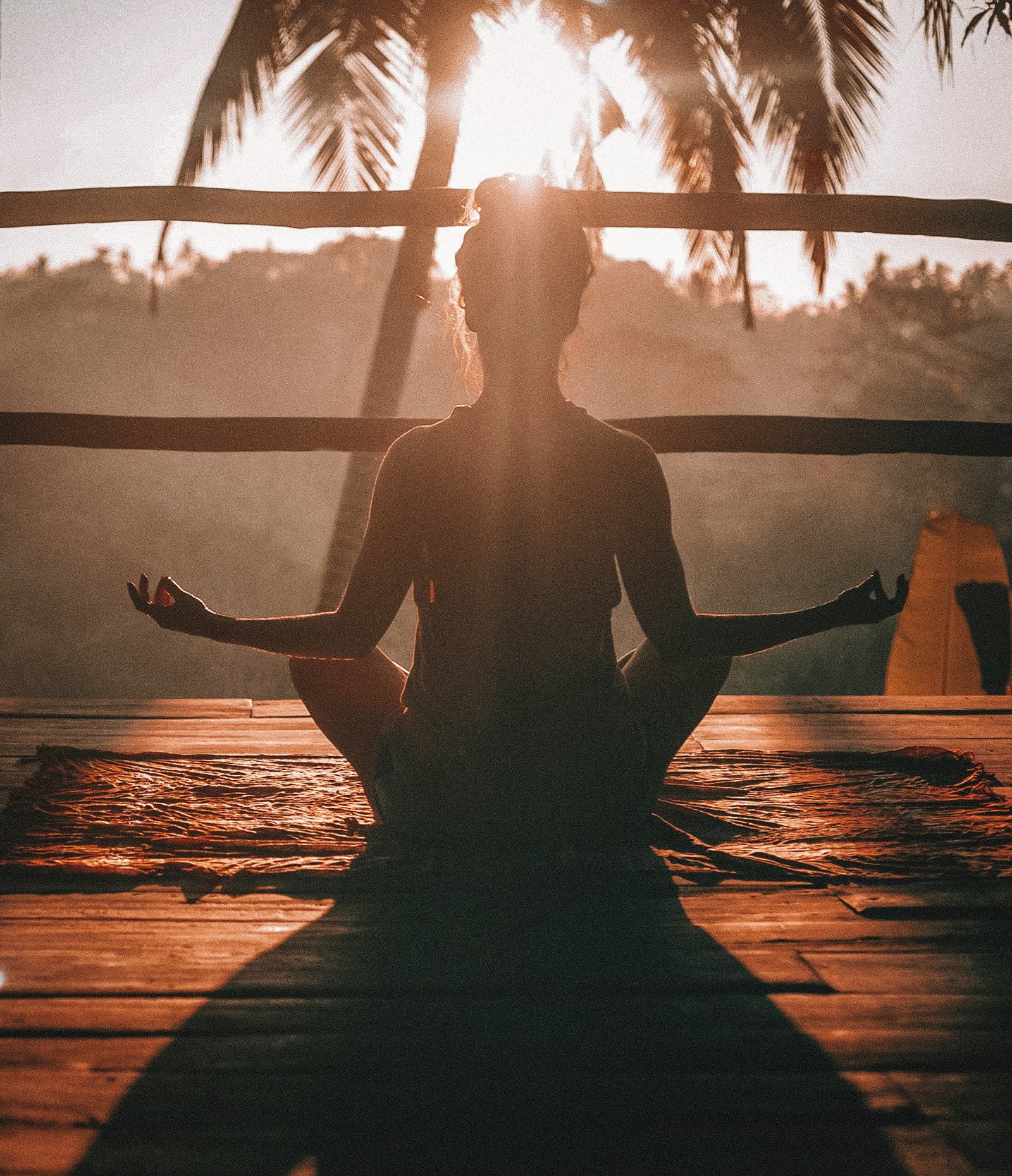Yoga and Pranayama are ancient practices that have been passed down through generations, originating in the Indian subcontinent. Both practices are deeply rooted in the philosophy of achieving physical, mental, and spiritual well-being. In this article, we will delve into the meaning of Yoga and Pranayama, as well as explore the different types of Yoga.
What is Yoga?
Yoga is a holistic practice that encompasses physical postures (asanas), breathing techniques (pranayama), meditation, and ethical principles. The word “Yoga” comes from the Sanskrit word “Yuj,” which means to unite or join. It is often interpreted as the union of the mind, body, and spirit.
Yoga aims to harmonize the body and mind by promoting balance, flexibility, strength, and relaxation. It provides a pathway to self-discovery and inner peace. Through the practice of Yoga, individuals can cultivate mindfulness, reduce stress, improve posture, increase energy levels, and enhance overall well-being.
What is Pranayama?
Pranayama is a Sanskrit term that can be broken down into two parts: “Prana,” meaning life force or vital energy, and “Ayama,” meaning control or expansion. Pranayama involves various breathing techniques that help regulate and control the breath, thereby influencing the flow of prana in the body.
Pranayama techniques are designed to cleanse and purify the energy channels in the body, promoting physical and mental vitality. By practicing Pranayama, one can cultivate a deep sense of relaxation, improve concentration, enhance lung capacity, and reduce anxiety and stress.
Types of Yoga
There are several different types of Yoga, each with its own unique focus and approach. Here are some of the most popular types:
1. Hatha Yoga
Hatha Yoga is a gentle and slow-paced form of Yoga that focuses on physical postures (asanas) and breathing techniques (pranayama). It is an excellent choice for beginners as it helps build strength, flexibility, and balance.
2. Vinyasa Yoga
Vinyasa Yoga, also known as flow Yoga, is a dynamic and fluid style of Yoga that synchronizes movement with breath. It involves a series of flowing sequences that help build strength, improve cardiovascular health, and enhance flexibility.
3. Ashtanga Yoga
Ashtanga Yoga is a more vigorous and physically demanding form of Yoga. It follows a specific sequence of poses and is known for its focus on breath, movement, and meditation. Ashtanga Yoga helps build strength, flexibility, and endurance.
4. Iyengar Yoga
Iyengar Yoga is a precise and alignment-focused form of Yoga. It emphasizes the use of props such as blocks, straps, and blankets to support and enhance the practice. Iyengar Yoga is suitable for all levels and helps improve posture, stability, and body awareness.
5. Bikram Yoga
Bikram Yoga, also known as hot Yoga, is practiced in a heated room. It follows a specific sequence of 26 poses and two breathing exercises. Bikram Yoga aims to detoxify the body, improve flexibility, and promote mental clarity.
6. Kundalini Yoga
Kundalini Yoga focuses on awakening the dormant spiritual energy within the body. It combines physical postures, breathing techniques, chanting, and meditation. Kundalini Yoga helps balance the nervous system, increase vitality, and expand consciousness.
7. Yin Yoga
Yin Yoga is a slow-paced and meditative style of Yoga that targets the deep connective tissues of the body. It involves holding poses for an extended period, allowing for deep relaxation and increased flexibility. Yin Yoga also promotes mindfulness and inner stillness.
These are just a few examples of the many types of Yoga available. Each type offers its own unique benefits and caters to different needs and preferences. It is essential to explore and find the type of Yoga that resonates with you and supports your overall well-being.
In conclusion, Yoga and Pranayama are powerful practices that promote physical, mental, and spiritual well-being. By incorporating Yoga and Pranayama into your daily routine, you can experience increased flexibility, strength, relaxation, and inner harmony. Whether you choose Hatha Yoga, Vinyasa Yoga, or any other type, the key is to find a practice that suits your needs and allows you to embark on a journey of self-discovery and self-care.






